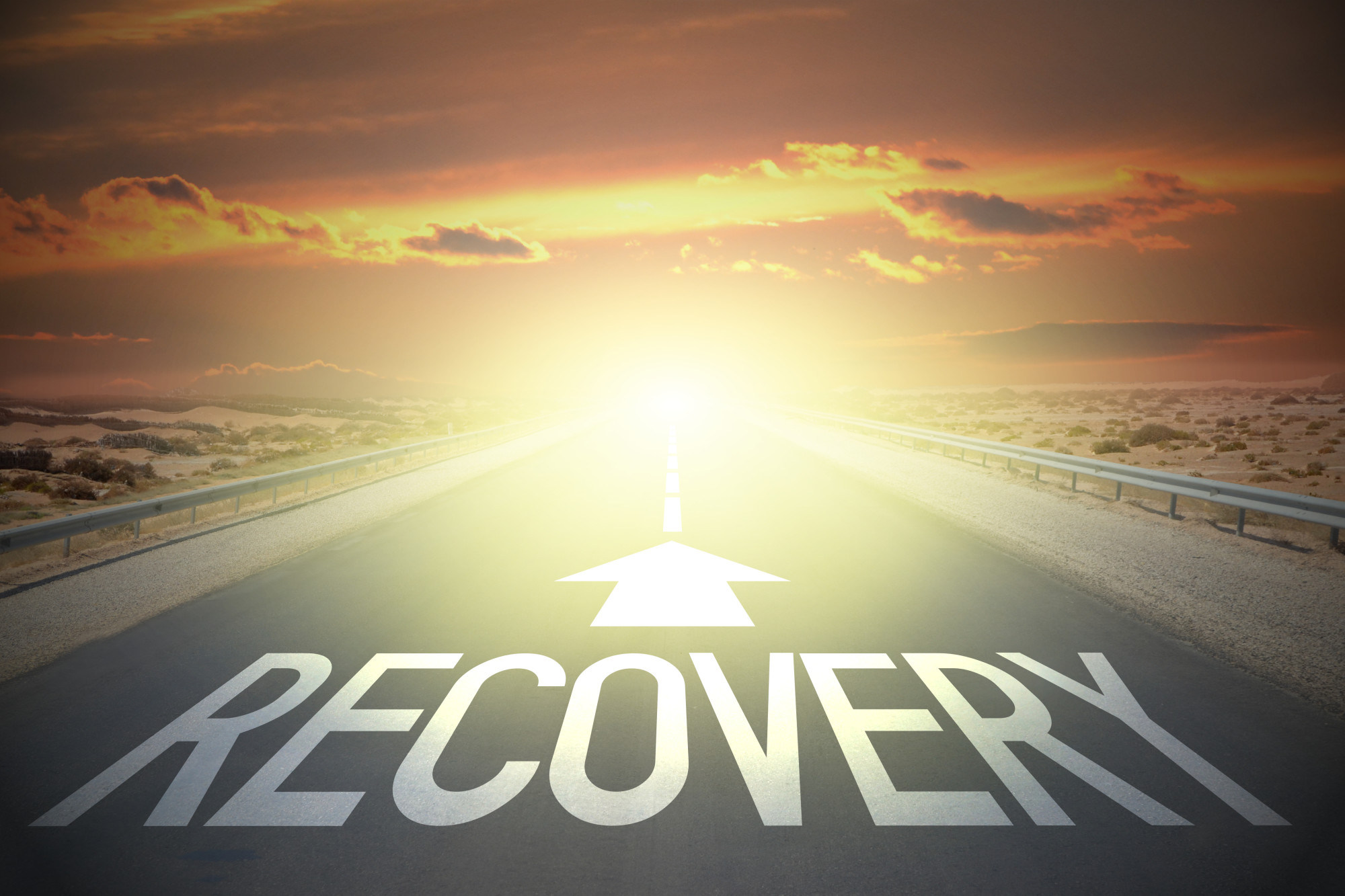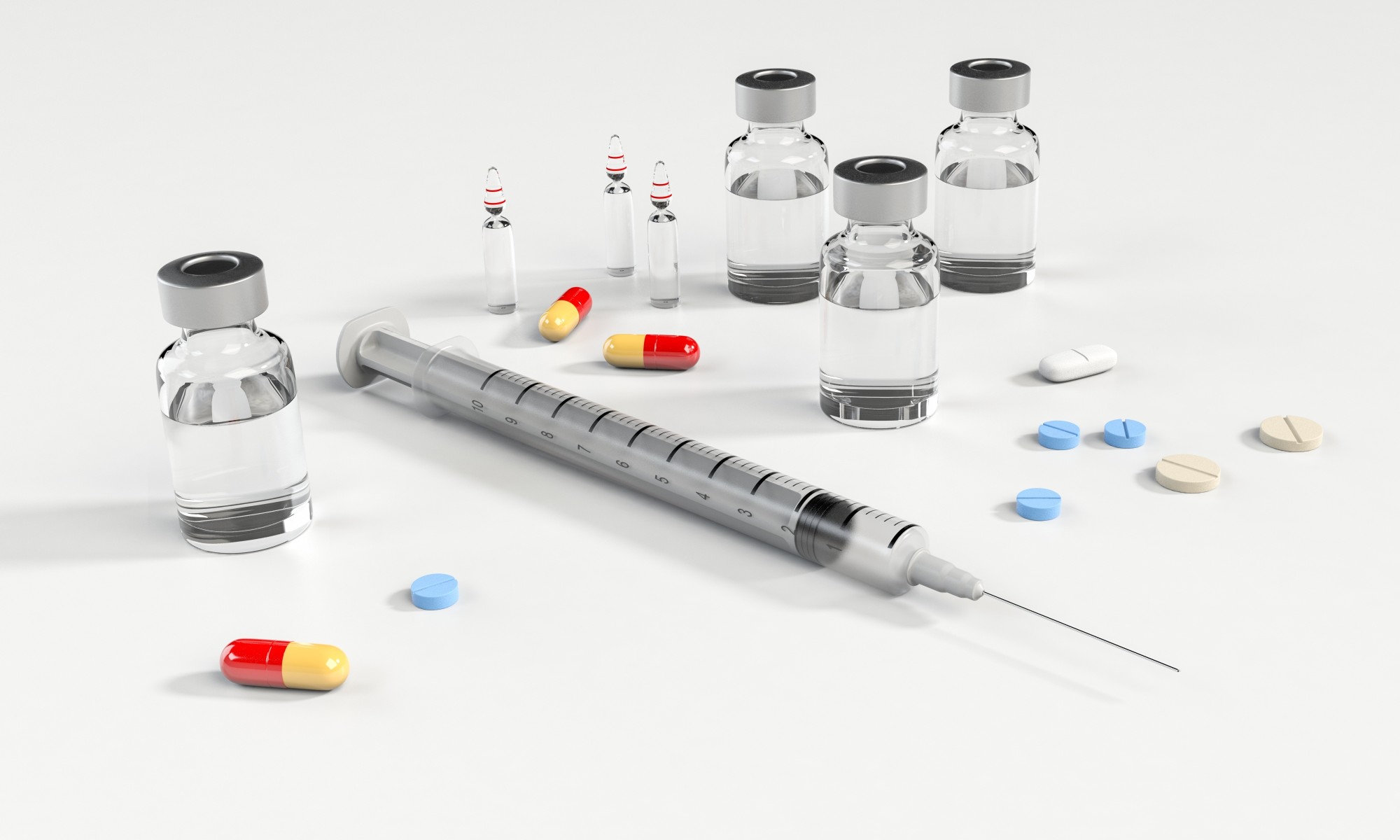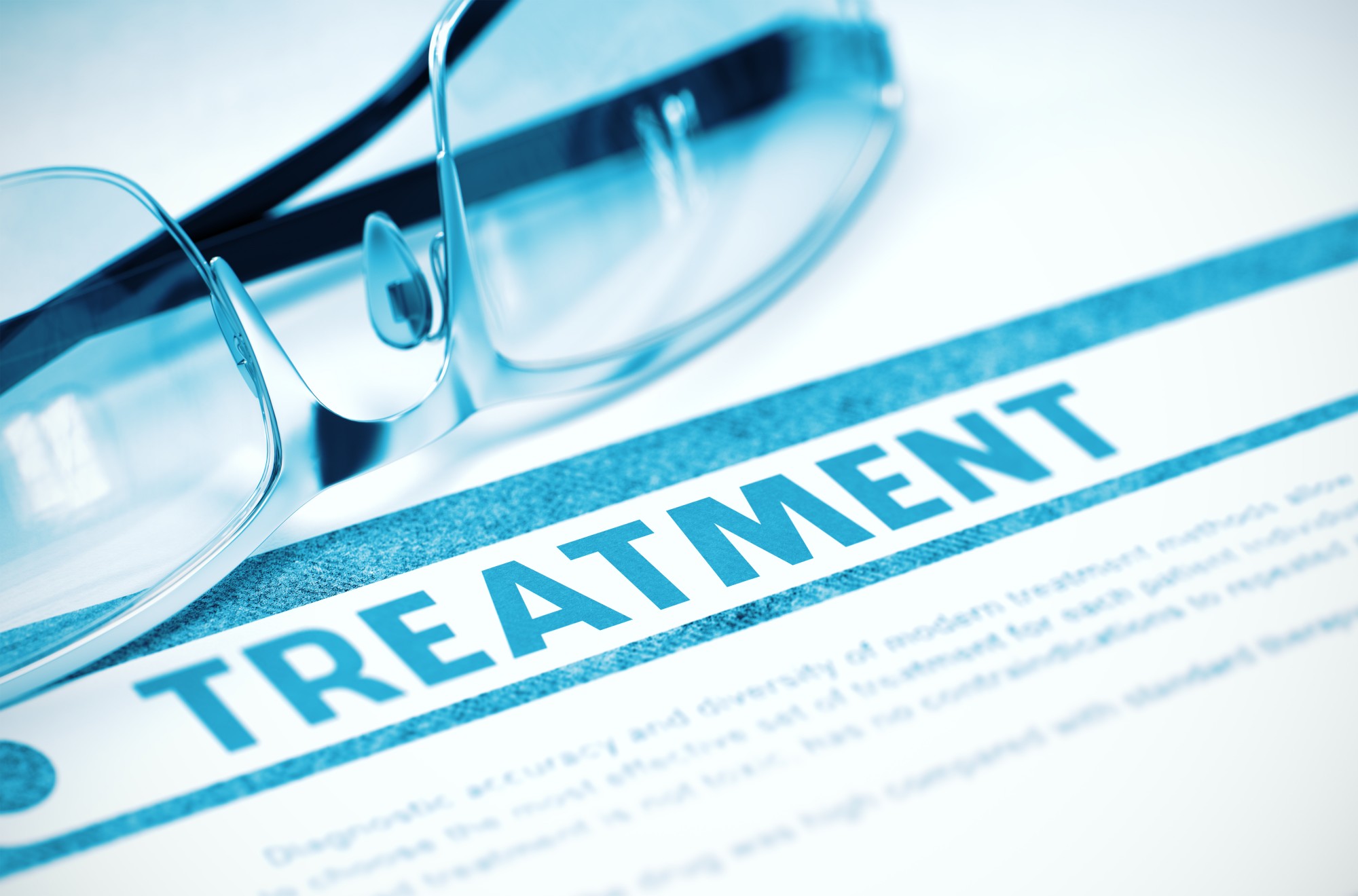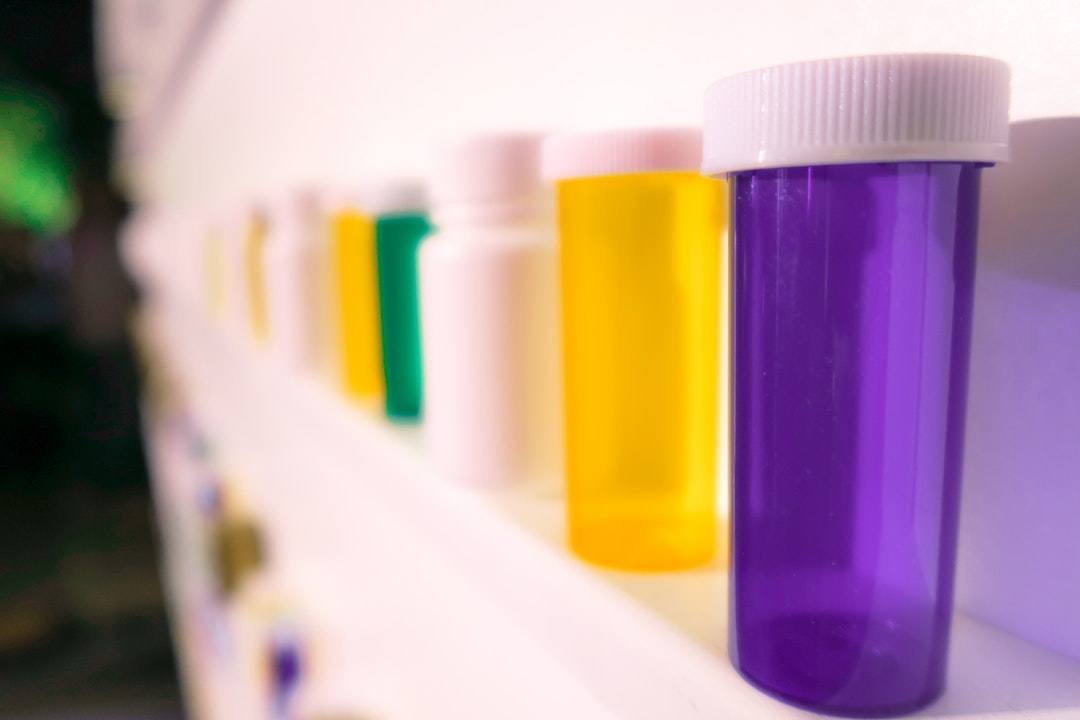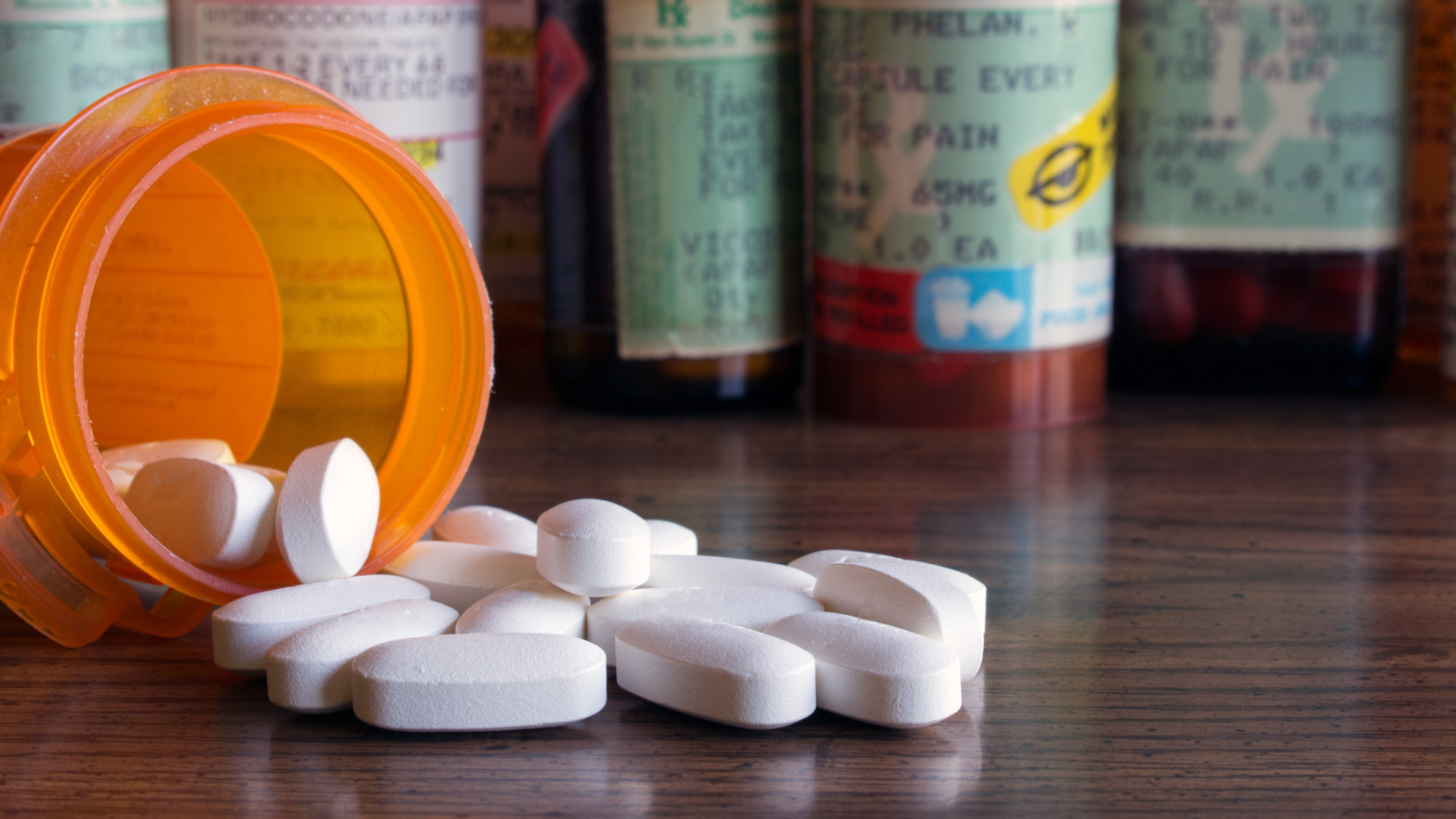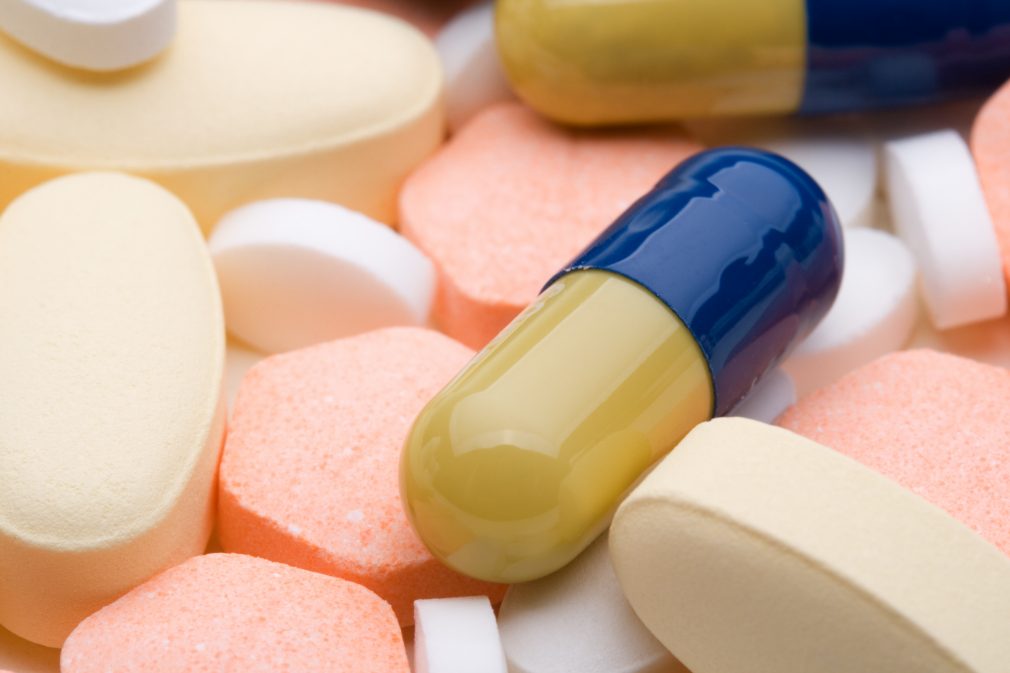5 Reasons Narcotics Anonymous Meetings Will Help Your Heroin Recovery
The battle with addiction is one of the toughest things a family can face and it’s something that can’t be done alone. Over 40 million people in the US struggle with addiction each year.
Narcotics Anonymous meetings can be a crucial resource to help individuals gain control over their addiction. They can be the difference between relapse and being successful in recovery.
Keep reading to learn the top ways Narcotics Anonymous meetings can help.
Let’s get started!
1. Narcotics Anonymous Meetings Give You Support
One of the biggest factors in successful recovery is having a strong support system.
It’s difficult for someone who hasn’t had an addiction to understand the struggle. NA offers support from individuals who have had addictions. They’ve dealt with many similar challenges.
When someone first enters recovery, there can be a lot of guilt involved around the people they love. Things get said and done during addiction. It can cause distrust.
Having an external support system available without judgment can make coming to terms with the past easier. It may be easier to feel accepted by and open up to other NA participants than for an addict to find support with family, friends, and people affected by their addiction.
The Narcotics Anonymous group format allows a myriad of personalities, resources, and supports for each person involved. The word anonymous is right in the title, so a person has the sense of trust not afforded in the rest of the world.
2. Narcotics Anonymous Meetings Offer New Friends
Prior to entering treatment or recovery, most addicts spend their social time with other addicts. This makes it difficult to know what to do with yourself once you are trying to make healthier choices and avoid bad influences.
NA allows you to meet other people who are trying to make the same healthy choices. They are also aware of possible triggers and difficulties that may arise during the early stages of recovery.
Meetings are filled with people from all walks of life, professions, backgrounds, and life situations. Attending is an opportunity to gain support from others and to learn more about life from those you meet there.
They can provide you with new people to associate with and learn from. You can gain a new perspective, new confidence, and learn new coping skills from those around you.
3. A New Focus for Your Time and Energy
Along the same vein as needing to make new friends, you also need new activities. This will help to take your mind off of old coping mechanisms that led to addiction.
Someone with an addiction needs to have distractions and to not only get rid of the addiction but also replace it with healthier choices. As someone gets to know the people within their support group, they often gain greater insight into themselves.
Life for an addict usually becomes all about the addiction. It revolves around paying for, finding, and using their vice. Once you take away the physical action of getting and using, there is a lot of time and energy the addict doesn’t know where to focus.
Narcotics Anonymous has meetings at various locations and times to help fill that time with positive support and make it easier for the addict to make it successfully through another day of recovery.
4. A Wealth of Information
Narcotics Anonymous can give you direct access to information, resources, and support that you may have difficulty finding on your own. You are surrounded by individuals who have gone through similar struggles and had similar questions.
You are new to recovery, but NA is not. They know where to look for answers, community resources, and assistance options that you may never have heard of.
You don’t have to feel overwhelmed by the process of finding help. There will be a room full of people available to offer suggestions and give you some direction.
Addiction educational resources, support networks, treatment options, and other tools to help ensure a greater chance of success in recovery are available through most groups.
5. A Sense of Belonging and Purpose
When you become lost in addiction, it can be hard to know where to even begin finding yourself again. Narcotics Anonymous can be a major asset in this journey to a healthier and more intimate, accepting relationship with yourself.
It is a place where you’re offered support and appreciated for who you are, without being judged for having the addiction in the first place. Many people feel like NA offers them back their life and gives them purpose and a sense of belonging.
12 step addiction programs offer educational material and self-esteem awareness that can help you regain a sense of worth, belonging, and purpose.
Narcotics Anonymous can help individuals pick up the pieces of their broken lives without the fear of persecution for past mistakes. This can be beneficial for everyone struggling with addiction, from adolescents to the elderly.
Narcotics Anonymous Meetings Are a Great Resource for a New Start
Recovery can be one of the most fulfilling and rewarding journies you ever take in life. It can turn desperation into inspiration and struggles into triumphs when successful.
Narcotics Anonymous meetings are an incredible resource to help addicts find their place in the world, find a new community of support, and find new coping skills and discover new dreams for the future.
To learn more about how to be successful in recovery or to find the right treatment program for you or your loved one, connect with us today.

